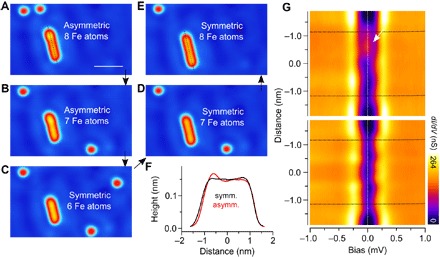Fig. 5. Defect-induced zero-energy in-gap state for an Fe chain with a structural defect.

(A to E) Sequential STM images for the demonstration of disassembling (A to C) and reassembling (C to E) the 8-atom-long Fe chain by continuous atom manipulations (scale bar, 2.0 nm). (F) Surface profiles along the dotted lines in (A) and (E) for the asymmetric and symmetric 8-atom-long chain, respectively. The 8- and 7-atom-long Fe chains in (A) and (B) show an asymmetric apparent height and are slightly bent from the chain axis because of the mislocated Fe atoms in the chains. After reassembling the 8-atom-long Fe chain, it becomes symmetric and straight. (G) Spatially resolved dI/dV spectra and the color-encoded spectroscopic maps for the asymmetric (top) and symmetric (bottom) 8-atom-long Fe chains. The black dotted lines indicate the boundary between the chains and the substrate. The white arrow indicates the defect-induced zero-energy bound state, which is absent at the other end and at the ends of the symmetric chain. We stabilized the tunneling junction at IT = 5.0 nA and VS = 3.0 mV for all STM images and the tunneling spectra.
